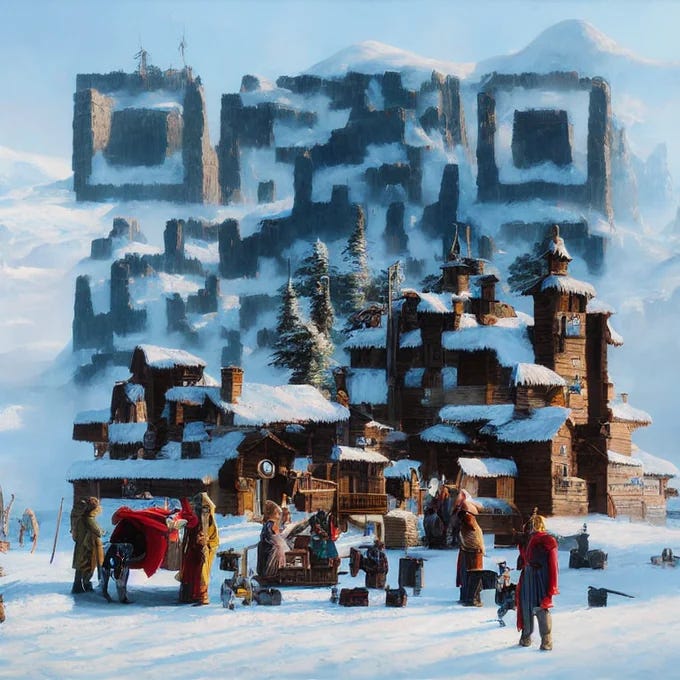How to Make Amazing AI-generated QR codes, Improve App Navigation with GPT & Find New Depths of Prompt Engineering
Top 5 AI use cases of the week
👋 Hello and welcome back to the newest edition of Creators’ AI. Today we have prepared 5 new and popular AI use cases.
So please grab a cup of coffee ☕, sit back, and let's explore the exciting world of AI!
This issue covers the following:
How to make AI art with QR code 🌟
Improving app navigation with GPT
Pushing Prompt Engineering to the Limit 👀
How He Turned ChatGPT into an SQL-Like Translator for Image and Video Datasets🔥
How he converted manuscript PDFs into PowerPoint presentations 🌆
How to make amazing & functional QR codes with AI🌟
The world of AI art is constantly evolving and becoming more accessible. While its application in social media and blog posts is well-known, many untapped possibilities are waiting to be explored. Text-to-image and image-to-image generation offer exciting avenues for creative expression. Apart from the familiar domains of interior design and healthcare, AI art can also find its place in brand communication and merch production. One fascinating development involves using AI-generated QR codes, which opens up new opportunities for engaging visual experiences.
To embark on this artistic journey, you'll need Stable Diffusion WebUI. Start by downloading and installing the Stable Diffusion WebUI repository from Automatic1111's GitHub and follow the provided instructions.
Now, let's dive into the process. Generate a QR code by using any free online QR code generator of your choice. Ensure that the error correction level is set to "L" and the image size is 250x250 pixels, then download the generated image. Additionally, download two essential models: "control_v11p_sd15_lineart.pth" and "control_v1p_sd15_brightness.safetensors."
Read the Full Tutorial it's time to unleash your creativity and generate your AI art. Let the exploration begin!
Improving app navigation with GPT
Large language models (LLMs) like GPT have garnered significant attention for their potential in creating new products, but their impact extends beyond that. They can revolutionize the user experience of existing screen-based products by enabling natural language interfaces. Instead of cumbersome menus and forms, users can simply describe their needs in their own words.
In this article, this guy delves into his experience of implementing GPT-powered natural language navigation in their app, catering to a substantial user base. They share insights into the process, potential challenges, and valuable lessons learned. These insights aren't limited to navigation experiences alone but can be applied to any app leveraging LLMs, making them relevant and valuable for developers in diverse domains.
Pushing Prompt Engineering to the Limit 👀
In the exciting project of building VoxelGPT, the author and their team successfully merged large language models (LLMs) with the powerful FiftyOne computer vision query language, enabling intuitive searching of image and video datasets using natural language.
Over two months, they meticulously crafted the application, delving into the realm of prompt engineering and uncovering its untapped potential. In this comprehensive account, the author shares their valuable insights and key learnings, shedding light on the lesser-known aspects of prompt engineering and its transformative capabilities facilitated by LLMs.
How He Turned ChatGPT into an SQL-Like Translator for Image and Video Datasets 🔥
Keep reading with a 7-day free trial
Subscribe to Creators' AI to keep reading this post and get 7 days of free access to the full post archives.







